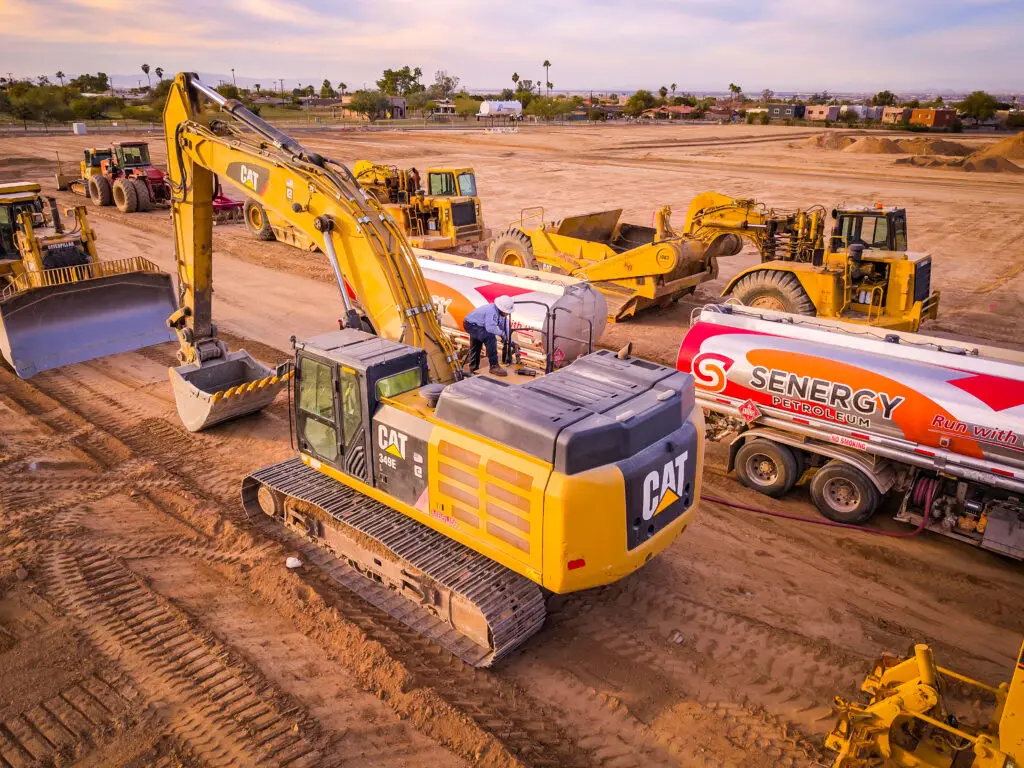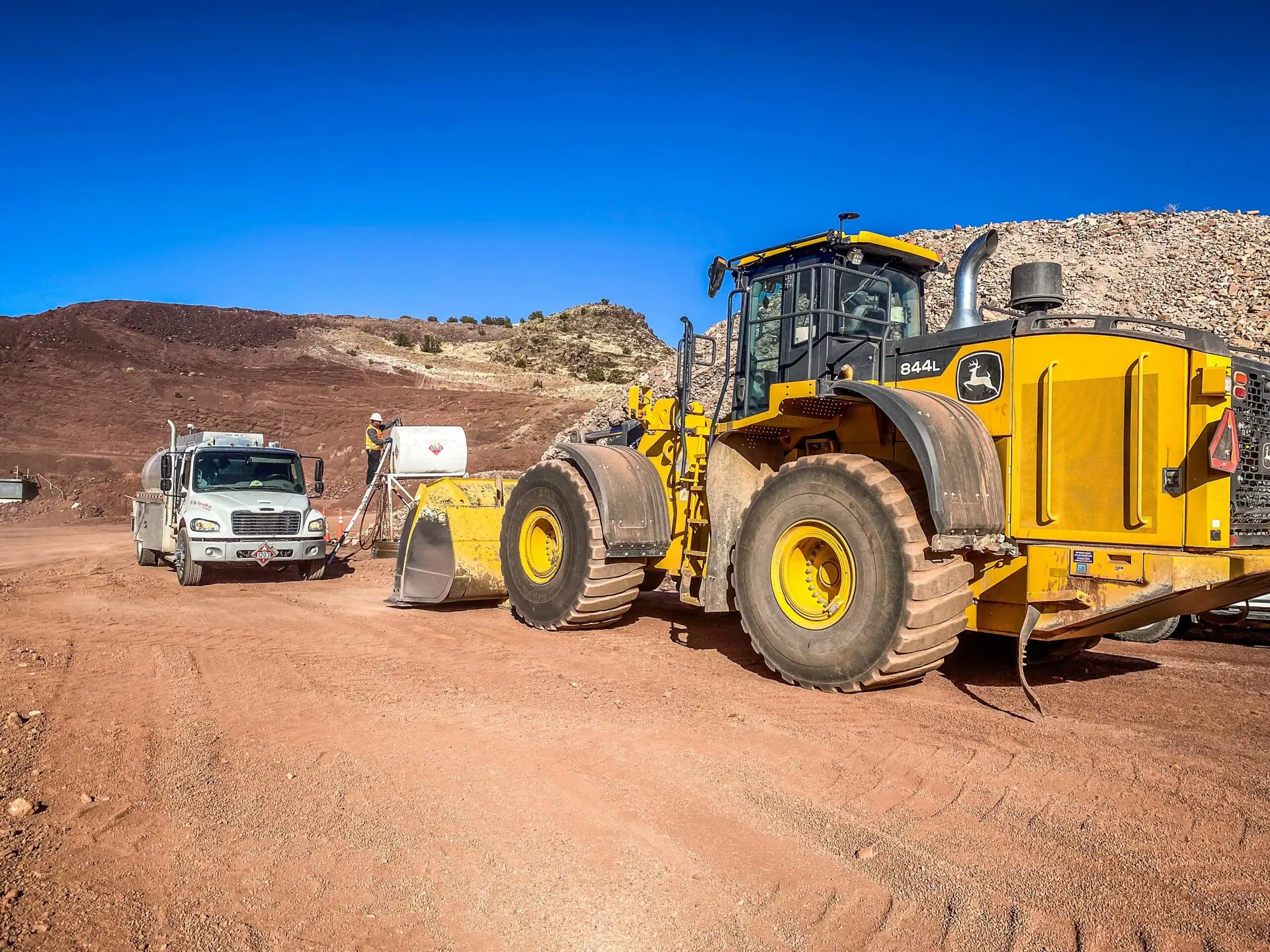Running a construction business is like juggling a hundred moving parts at once: equipment, labor, schedules, weather, and, of course, the budget. Of all the factors you can control, fuel is often one of the most challenging to manage. It’s not just about the price at the pump—it’s about when, where, and how you’re fueling up. If you’re not keeping an eye on your fuel strategy, you’re likely leaving money on the table.
Fueling a construction fleet is very different from fueling a company car. The machinery is larger, the usage is more demanding, and the quantities are much higher. One of the smartest moves construction companies can make is to evaluate their fuel operations strategically. Small adjustments here and there can lead to substantial savings, especially when scaled across an entire fleet and over long project timelines.
A smart fuel strategy isn’t just about switching suppliers. It encompasses everything from selecting the right fueling locations, monitoring usage patterns, minimizing idle time, and training employees to manage fuel more effectively. Even operational changes, like optimizing routes to reduce unnecessary travel, can significantly cut fuel costs. Approaching fuel management strategically allows you to build a system that prioritizes both cost savings and efficiency.





